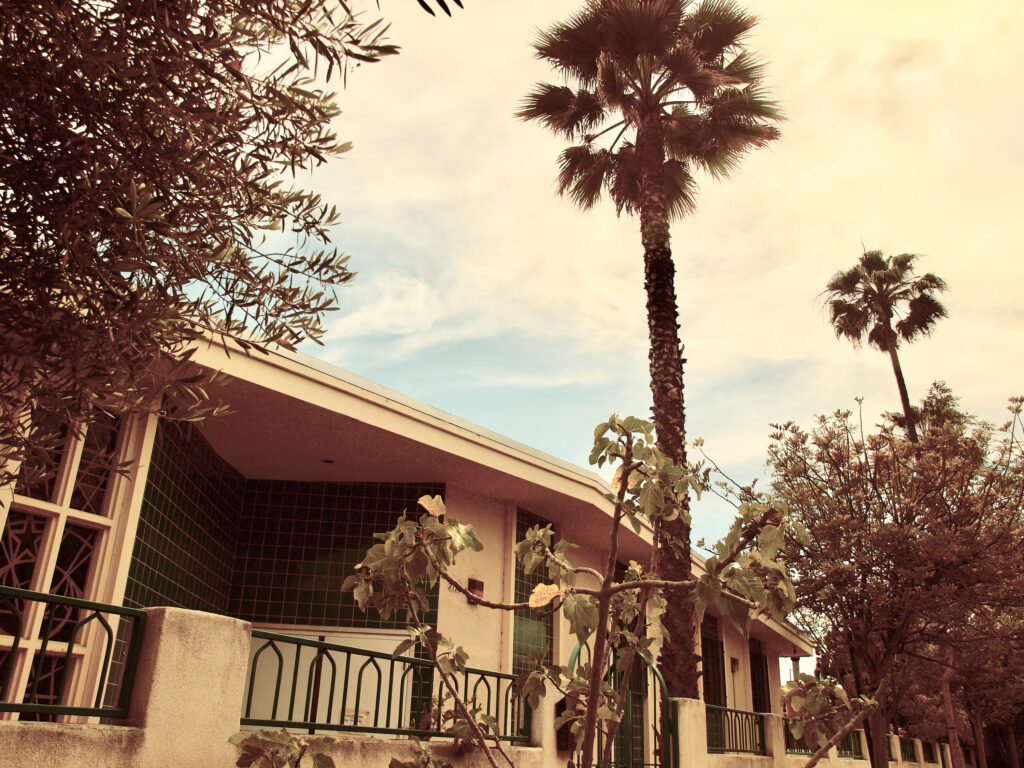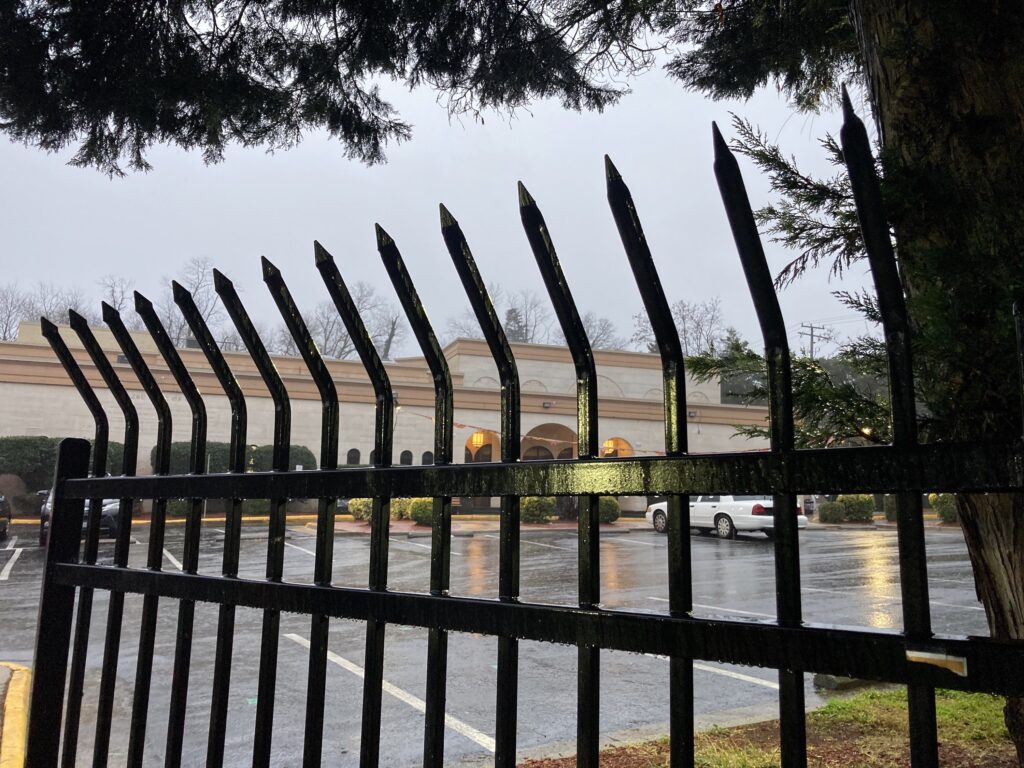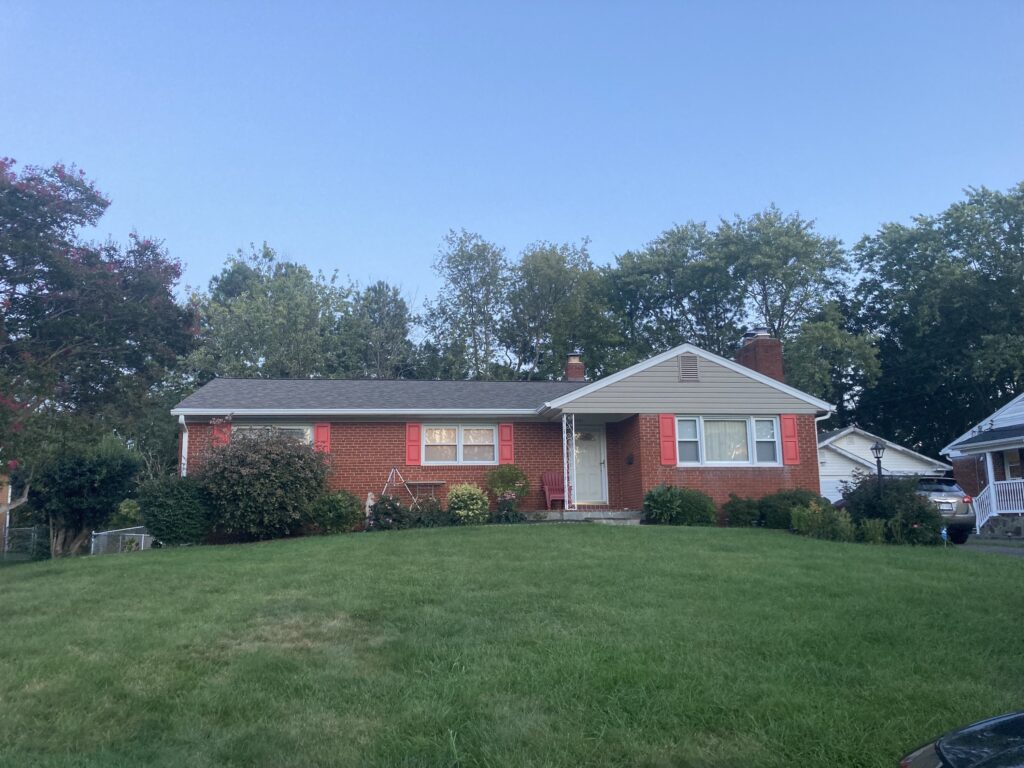below is a piece I wrote for Asia Times Online 10 years ago tomorrow in the wake of then President Barack Obama’s assassination by drone of ‘Sheikh’ Anwar al-Awlaki, the New Mexico-born Sunni cleric-cum-online firebrand who was killed in Yemen on 30 September 2011.

Executive Order 11905: No employee of the United States Government shall engage in, or conspire to engage in, political assassination-President Gerald R. Ford, February 18, 1976.
On the morning of September 30, 2011, the United States assassinated not one but two of its own citizens sans due process of law or any other pretense outlined in the country’s core values and legal codes. The dead men were hyphenated Americans to be sure. A Yemeni-American from Las Cruces, New Mexico, Anwar al-Awlaki, and a Pakistani-American from Queens, New York, Samir Khan. Their hyphenated identities made it easier to mark them as traitors to the United States beyond a shadow of a doubt. The fact that these men were not ‘American’-Americans very likely made it easier for the White House and the Central Intelligence Agency to stalk and kill them in northern Yemen’s al-Jawf Governorate, as far removed as one could be from an American court of law. Outrage over the incident will likely be relegated to the liberal ‘fringe’ in the American polity while many have cheered the demise of these nefarious men while assuredly unable to articulate precisely why they should have met their deaths by hellfire missile rather than the legal system.
Anwar al-Awlaki was an imam turned radical Anglophone Salafi-jihadi orator who had agglomerated himself onto what would become al-Qaeda in the Arabian Penninsula (AQAP) after leaving the United States for good post-9/11. Samir Khan volunteered his services to AQAP’s Inspire magazine, giving the publication a slick, sometimes flippant edge by a native English-speaker. Neither al-Awlaki nor Khan were AQAP “leaders” if they have been reported to be. Their deaths, while blows to the organization, will not curtail it in the end, particularly as neither man were founding members. The above cited Executive Order, later updated by President Jimmy Carter with Executive Order 12036 in 1978 and then overhauled when President Ronald Reagan signed Executive Order 12333 in 1981 is ambiguous enough to have been worked around by the limber legal teams of President Bill Clinton in following the East African embassy bombings in 1998 and George W. Bush after the 9/11 attacks in 2001.
The battle, in the view of former Defense Secretary Donald Rumsfeld, would be taken to the terrorists. A court of law had become irrelevant. It seemed only the suppositions of intelligence analysts and their overseers mattered now. The Church Committee which convened in the mid-1970s, sought to turn back the dirty Cold War practice of targeting undesirable post-colonial foreign leaders such as the Congo’s Patrice Lumumba. These assassination policies were justified by an intense anti-Communist fervor that permeated the American intelligence community which sought to eradicate, when feasible, political actors abroad who were either tilting toward Moscow or unabashedly pro-Soviet in their rhetoric. In today’s often convoluted intelligence environment where the line between policy aims and impersonal analyses can become blurred, terrorist leaders may not be targets of ‘assassination plots’ per se, but can be killed in a much broader yet ill defined ever ongoing war against [Islamic] terrorism.

Underneath the cameras of the Predators and the Reapers, and in front of the night vision goggles and sniper scopes of the American military’s Special Operations troops, are men who could either be treasure troves of knowledge about 9/11 like Osama bin Laden or lynchpins in specific events that cry out for clarification like al-Awlaki. Rather than being captured alive, interrogated, and tried, thereby possibly setting at least some of the record straight in regard to 9/11, these men and everything contained in their memories, are simply being obliterated, often far from any declared battlefield. Washington, even under a supposed Democratic transformation with the ushering in of the administration of President Barack Obama, has not lifted a finger to shed new light on many of the still murky circumstances behind 9/11. The Obama administration certainly has the power to do such, it simply chooses not to for reasons that remain unclear to the global public.
Remaining members of the al-Qaeda 1.0 plots still at large will very likely face trial by drone rather than in the Southern District of New York. Said Bahaji, a member of Mohammed Atta’s Hamburg cell who co-signed the lease on the Marienstraße flat with Atta and is believed to be on the run in Pakistan over a decade after 9/11 will be liquidated by the CIA rather than handcuffed in North Waziristan and extradited to the United States. Fahd al-Quso, a member of the plot on the USS Cole and current AQAP figure, will likely be preyed upon by a Predator in a remote region of Yemen rather than ever be properly ‘brought to justice’ as George W. Bush was so fond of repeating. These men, however loathsome, possess unique knowledge essential to the historical record for those documenting the evolution of al-Qaeda’s early period.
The silencing of the enemies of the United States by remote controlled assault only continues to feed the nagging conspiracy theories and the conspiracy theorists who propagate them. Now over a decade after 9/11, a complex web of incommunicado captives like Khalid Sheikh Mohammed and Ramzi bin al-Shibh wholly inaccessible to journalists or historians, assassinated al-Qaeda leaders and ideologues like bin Laden and al-Awlaki whose memories have been physically eviscerated outside of any justice system, and documents still heavily redacted coupled with a Saudi Arabian regime beyond scrutiny will mean that the “unknown knowns” surrounding the terrorist attacks upon the United States can never be satisfactorily answered. The expansion of Executive power under the Obama administration has not only not shrunk from its ballooning under his predecessor, but specifically in terms of the clandestine drone strikes carried out in America’s name, has been greatly emboldened. Anwar al-Awlaki was a fairly unimportant figure in and of himself. This border-less conflict is less about specific individuals than the self-replicating memes they evangelize. There was nothing so particular to al-Awlaki or Khan that their presence in the realm of Salafi-jihadi ideology cannot be duplicated.

The blogosphere and Twitterverse may artificially deem these two “un-American,” “not ‘real’ Americans,” and makes jokes that Inspire should be changed to Expire. These crudely expressed sentiments are, however, of no legal substance and only obfuscate the very difficult questions the assassination of an American citizen ordered by an American president poses. Aside from all the ethical and legal questions al-Awlaki’s assassination brings, we can now never conclusively know the answers to some of the most perplexing pre-9/11 enigmas which will now be impossible to debunk, chiefly what was al-Awlaki’s real relationship to hijackers Khalid al-Mihdhar and Nawaf al-Hazmi? Both are believed to have visited the mosque upon their arrival in San Diego while al-Awlaki served as imam there.
In June 2010, Asia Times Online briefly visited al-Awlaki’s mosque, called ar-Ribat al-Islami located on a quiet side street a short distance from San Diego State University, while working on a forthcoming book on the 9/11 decade. An unassuming crème-colored stucco building with a synthesis of cheap Southern California-style construction and Islamic motifs was the setting for the two Saudi future hijackers first encounter with al-Awlaki. The precise degree to which al-Awlaki had contact with al-Hazmi and al-Mihdhar and more importantly, just what that contact consisted of, can now-with al-Awlaki dead– definitively never be known. Several other Saudis involved in the al-Awlaki, al-Hazmi, al-Mihdhar milieu at the time have been back in the Kingdom for many years now, out of reach of journalists and investigators including most notably Omar al-Bayoumi, a man connected to both al-Awlaki and the hijackers who may have been an agent of the Saudi regime according to source material from that period.
As Asia Times Online reported in Septmeber 2010, al-Hazmi and al-Mihdhar had been tracked by the CIA via its local intelligence proxy, Malaysia’s Special Branch, during a summit in early January 2000 in a suburb south of Kuala Lumpur before they left for Bangkok en route to Los Angeles and San Diego where the official narrative portrays the trail as having mysteriously gone cold. The two young Saudis were reportedly warmly greeted by al-Awlaki at the spartan mosque where he presided before he migrated to a much more prominent pulpit at a mosque in Falls Church, Virginia outside of Washington D.C. Al-Hazmi and another key hijacker Hani Hanjoor soon followed al-Awlaki to Falls Church. A key part of al-Awlaki’s importance was his ease with both American English and Arabic, both Modern Standard and Quranic. Al-Hazmi and al-Mihdhar, the first operatives to arrive in the United States for the “planes operation,” spoke little to no English. This language deficiency which would have required an in-place support network to help them get situated upon arrival may indicate al-Awlaki’s real place as a relatively minor yet key figure in the larger 9/11 plot.
As more and more of the older al-Qaeda or al-Qaeda affiliated figures are simply killed off, it may in turn become more difficult to understand the group’s origins. With existing gaps in understanding some seemingly small, yet important details on the linkages within al-Qaeda’s first wave it may thereby make it more difficult to undermine in the long term. Al-Awlaki’s precise role in AQAP and al-Qaeda generally will be hotly debated in the near term. The Obama administration elevated him from a dangerous orator ranting on Youtube to an ‘operational’ leader in its assessment of him, an assessment that was essentially an extrajudicial death sentence. The problem with this elevation of his role is that no evidence to make the administration’s case was publicly presented. Nor was he ever alleged to have personally committed an act of physical violence, something that generally precedes those sentenced to death in an American courtroom. His speech, however troublesome with its attribution to the cases of Nidal Malik Hasan, Umarfarouk Abdelmutallab, and Faisal Shahzad, apparently was somehow arbitrarily deemed not protected by the First Amendment of the United States Constitution. Al-Awlaki and Khan were killed irrespective of their U.S. nationality.
Many fear the United States has crossed the Rubicon in assassinating its own citizenry without adequate legal justification. The Bush administration killed a Yemeni-American called Kamal Derwish from upstate New York in its first known drone attack in Yemen in 2002. But since Derwish was not the specific target of the strike so we are told, his death was downgraded to ‘collateral damage.’ This deadly ‘damage’ somehow vaguely justified the facts on the ground for Justice Department officials at the time and Derwish was retroactively labeled a legitimate target in the proto drone wars of the era immediately after 9/11. In that traumatic time, the constitutionality of many practices in the rapid escalation of counterterrorism were subsumed with notions of national shock in the American psyche meshed with tailored neoconservative jingoism designed to maximize the crisis for political and ideological gain. The neoconservatives may be largely out of power but their very questionable legal legacy lives on in an Obama administration whose central figure ran on a platform of “Hope” and restoring America’s international moral legitimacy.
The dumping of bin Laden’s corpse in the Arabian Sea and the elimination of al-Awlaki in the vast expanses of northern Yemen will ultimately lead to more questions than answers. The extrajudicial killings of these men greatly lessen the possibility of factual closure on 9/11. The two assassinations differed greatly but concluded similarly. Bin Laden had been indicted in the American criminal justice system and was not an American citizen. Al-Awlaki was never charged with any criminal offense and was an American citizen—even in death. Bin Laden had met most of not all of the hijackers. Al-Awlaki had met only three of them. Bin Laden was shot a fairly close range and likely saw his killers. Al-Awlaki was in a vehicle that was obliterated from the sky above with no prior warning other than perhaps the high-pitched whistle of the incoming ordinance. What the two had in common was that they were both proselytizers of Salafi-jihad. Both men were in intimate contact with multiple 9/11 hijackers albeit obviously with widely varying degrees of involvement. And now, having both been eliminated in the span of several months, can never face their accusers. In this context, 9/11 shall remain an open wound for eternity.